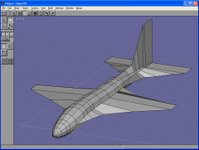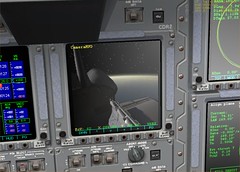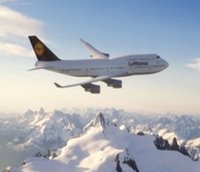
There are a number of creative and generous artists, software developers, teachers, and others who have contributed add-ons, scenarios, tutorials, and other things to the world-wide
Orbiter community. One of the most creative and prolific is José Pablo Luna Sánchez, known as "ar81" on the
Orbiter forums (3089 posts?!) and at
Orbit Hangar. Pablo is a teacher who believes that young kids are smarter than you think, and he has taught many of his students to fly the Delta Glider in Orbiter (he even wrote a
tutorial for this, to help others who wish to teach young kids). When he learned how to create and modify objects to improve and create planetary bases in Orbiter, he created some, and also created
tutorials on how to do your own base modifications. His tutorials are always carefully organized and well written (he sometimes worries about English since it is not his first language, but his writing is excellent).
Pablo later expanded into modifying and creating add-ons, again contributing useful tutorials on such topics as using
Vinka's spacecraft.dll modules. Moving beyond this, he developed something called
Space Orbinomics, a space commerce game that is somehow linked to Orbiter (it looks cool but I've never tried it myself). Recently he created
Mesh Wizard, a utility to help other add-on developers to visualize and work more easily with 3D "mesh" files. He has developed other utilities such as the
Shuttle Fleet Launch Scenario Generator, and probably others as well. Most recently he posted an excellent
tutorial (picture above) on using the free 3D modeling/animation tool
Anim8or, the most common tool used by Orbiter add-on builders. He also contributed a cool "proof of concept"
graphic novel using Orbiter graphics to illustate a brief adventure story.
You can find all (most?) of his Orbiter-related creations by searching for author
ar81 at Orbit Hangar. Thanks to Pablo for all his contributions to the Orbiter community.
P.S. Unrelated except for the fact that I'm writing this while drinking a cappuccino at a
Panera bakery/cafe in upstate New York, but Panera has
free Wi-Fi at many of its US locations. Fast too.
 I just visited the web site for Sally Ride Science, an excellent resource for science education. Sally Ride is a Ph.D. physicist and of course also a former NASA astronaut who was the first American woman in space. Since leaving NASA, she has been a strong advocate for improvements in science education, and has written several children's books on space exploration in addition to starting her company (Sally Ride Science), which develops programs, publishes books, and sponsors science festivals and science camps for girls.
I just visited the web site for Sally Ride Science, an excellent resource for science education. Sally Ride is a Ph.D. physicist and of course also a former NASA astronaut who was the first American woman in space. Since leaving NASA, she has been a strong advocate for improvements in science education, and has written several children's books on space exploration in addition to starting her company (Sally Ride Science), which develops programs, publishes books, and sponsors science festivals and science camps for girls. 
















